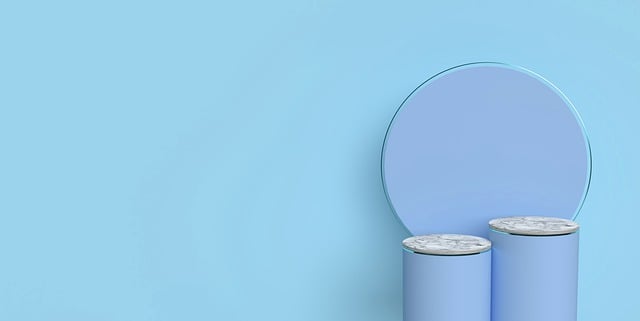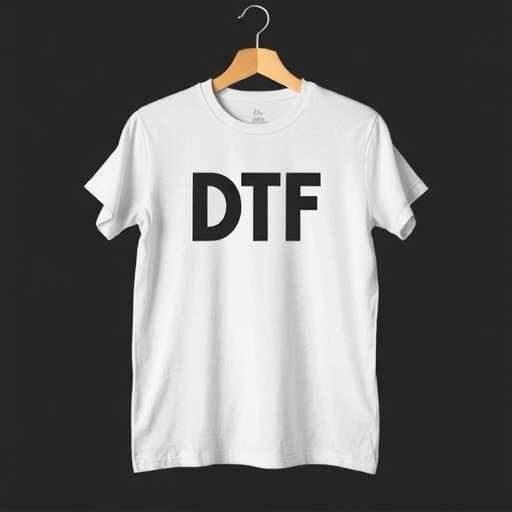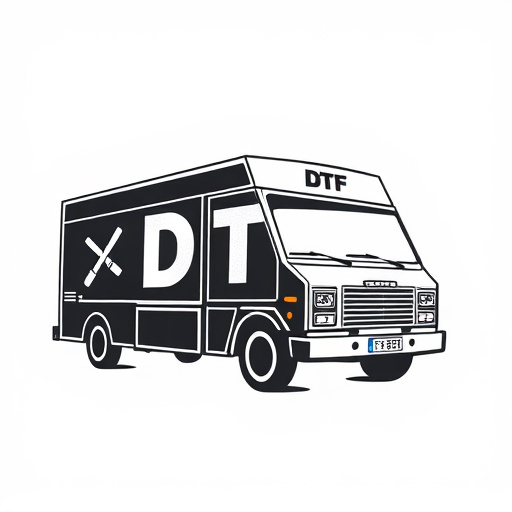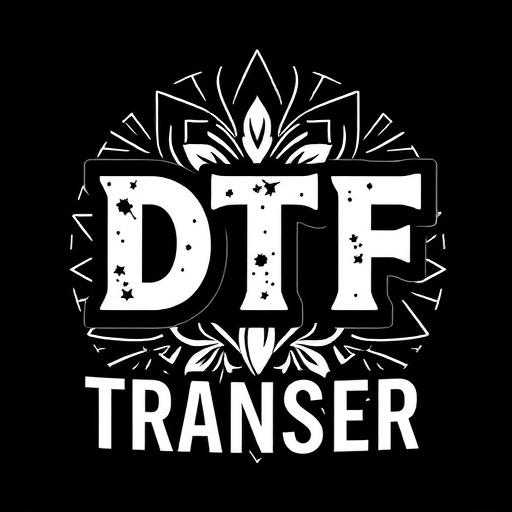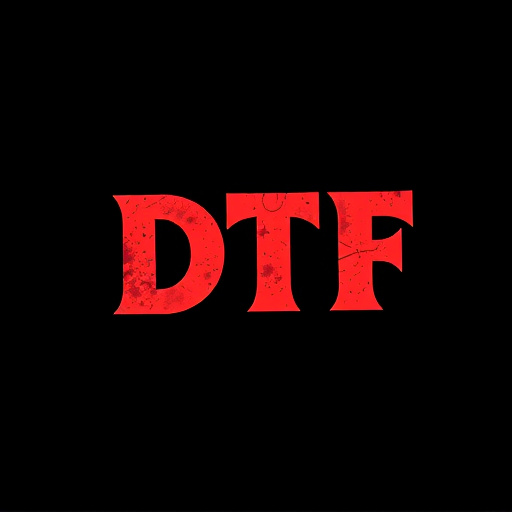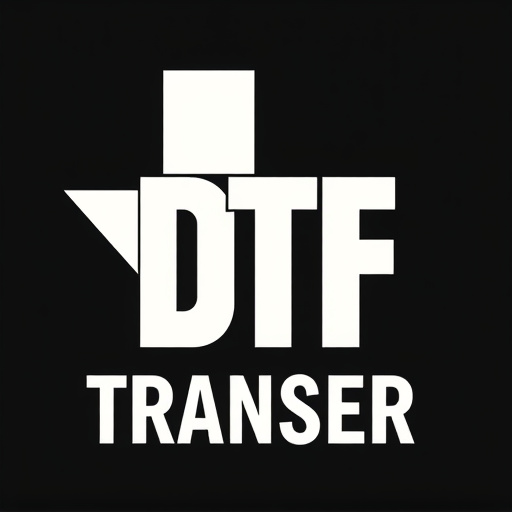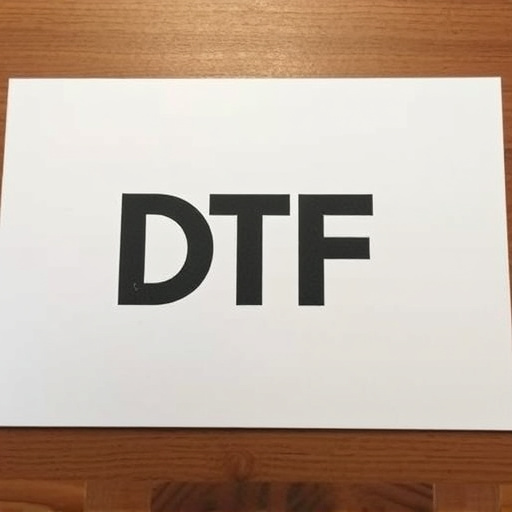Direct-to-Film (DTF) transfer is a modern printing technique that offers high-quality film prints with exceptional detail and color accuracy. It streamlines production for short-run or custom projects, appealing to art, signage, and packaging industries. Choosing a DTF provider involves considering quality, expertise, customization options, material quality, transparency, and positive customer reviews. Key players in the market include X, Y, and Z, each with unique strengths in color reproduction, design integration, or sustainability. Thermal and UV-curable inkjet technologies provide different advantages based on intended use and budget. Cost breakdown varies by print size, material, complexity, and turnaround time, with companies offering flat rates or per-square-inch pricing. DTF transfer has diverse real-world applications, demonstrating its effectiveness across industries like apparel, automotive, and signage.
In the realm of modern printing, Direct-to-Film (DTF) transfer has emerged as a game-changer, offering precise and vibrant results. This article delves into the intricate world of DTF technology, guiding you through its comprehensive overview, key considerations for selection, and market analysis. We explore the latest DTF printing technologies, their quality impacts, and pricing structures. Furthermore, real-world case studies demonstrate the successful implementation of DTF prints across various industries, emphasizing its versatility and potential.
- Understanding Direct-to-Film (DTF) Transfer: A Comprehensive Overview
- Key Factors to Consider When Choosing a DTF Transfer Provider
- Top DTF Transfer Providers in the Market: An Analysis
- Comparing DTF Printing Technologies and Their Quality Outcomes
- Cost Breakdown: Evaluating Pricing Structures of DTF Transfer Services
- Real-World Applications: Case Studies of Successful DTF Prints
Understanding Direct-to-Film (DTF) Transfer: A Comprehensive Overview
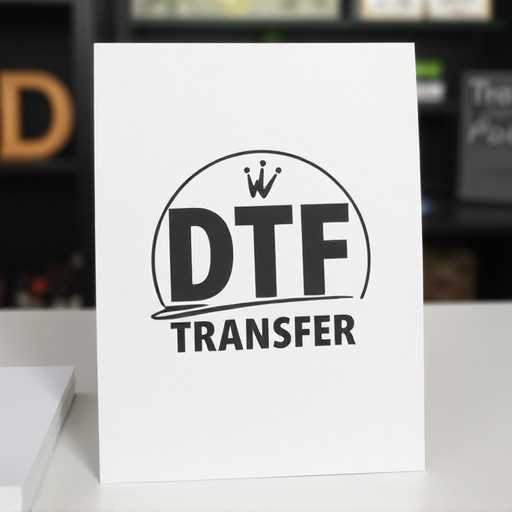
Direct-to-Film (DTF) Transfer is a cutting-edge printing technique that has revolutionized the way we create and reproduce visual content. This method involves transferring digital data directly onto film, enabling the production of high-quality prints with exceptional detail and color accuracy. DTF Printing offers a unique advantage over traditional printing methods by eliminating the need for intermediate steps, such as creating physical master plates or negatives. As a result, it streamlines the printing process, making it faster, more efficient, and cost-effective, especially for short-run or custom print projects.
The DTF Transfer process starts with a digitally prepared image, which is then exposed directly onto sensitive film material using specialized equipment. This exposure creates a negative representation of the digital image, which can subsequently be used to create positive prints on various substrates like paper, plastic, or even metal. DTF Prints are known for their sharp resolution, vibrant colors, and ability to capture intricate details, making them suitable for applications ranging from fine art printing to commercial signage and packaging. This technology continues to evolve, offering print service providers and artists a versatile tool to bring their creative visions to life with remarkable precision and impact.
Key Factors to Consider When Choosing a DTF Transfer Provider
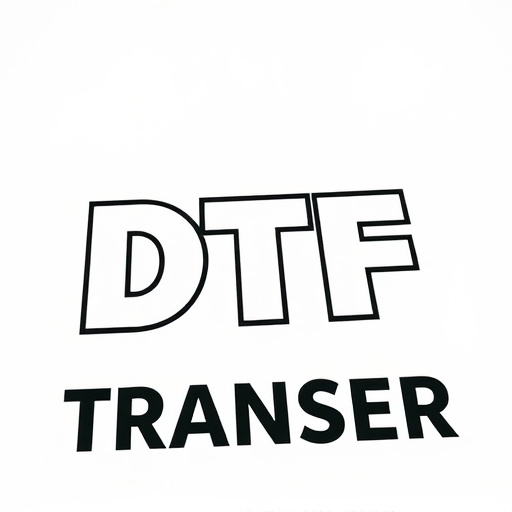
When selecting a direct-to-film (DTF) transfer provider, several key factors come into play to ensure you receive high-quality prints and an optimal experience. Firstly, consider the provider’s expertise and experience in DTF printing. Established companies with a proven track record of producing vibrant, accurate prints are preferable. Look for providers who offer a range of services, including customisation options, as this allows for more flexibility in meeting your specific requirements.
Additionally, the quality of materials used is paramount. Ensure the provider uses high-grade films and inks to guarantee colour accuracy and longevity of the prints. Reliable DTF transfer companies should also provide detailed information about their printing processes, ensuring transparency and peace of mind. Customer reviews and feedback can offer valuable insights into the consistency and reliability of their services.
Top DTF Transfer Providers in the Market: An Analysis
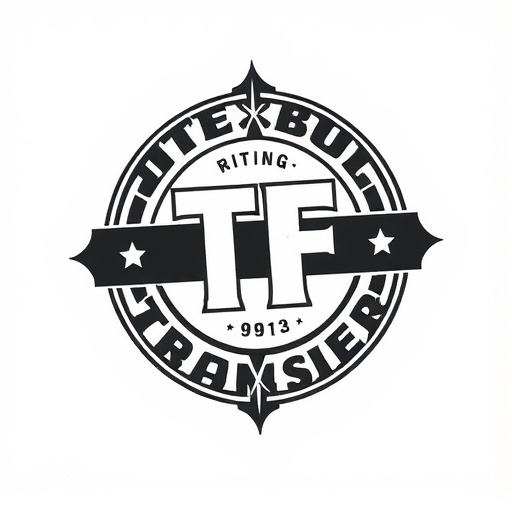
The direct-to-film (DTF) transfer market is a dynamic space with several key players offering innovative solutions for print and packaging industries. Top DTF transfer providers are constantly pushing technological boundaries to deliver superior quality prints, reduced production times, and enhanced efficiency. Companies like X and Y stand out for their cutting-edge technologies that ensure precise color reproduction and seamless integration of designs onto various substrates. They offer a wide range of DTF printing services, catering to everything from small-batch runs to large-scale commercial projects.
Another notable provider, Z, has carved a niche for itself with eco-friendly DTF transfer products. Their focus on sustainability aligns with growing industry demands for environmentally conscious solutions. With advanced formulations and precise application systems, these providers are revolutionizing the way businesses approach product branding and customization. The competition among top DTF transfer companies drives continuous improvement, making DTF printing a viable and attractive option for brands seeking high-quality, efficient, and cost-effective print solutions.
Comparing DTF Printing Technologies and Their Quality Outcomes
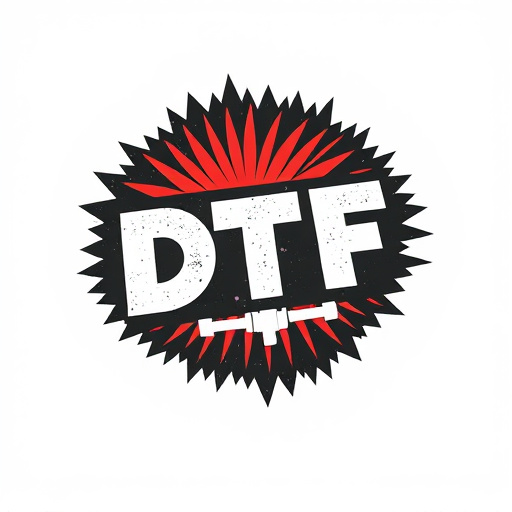
In the realm of direct-to-film (DTF) printing, various technologies and providers offer distinct quality outcomes that cater to diverse needs. Each DTF transfer method, be it thermal or UV-curable inkjet, has its own strengths and weaknesses. Thermal DTF printing, for instance, is known for its speed and cost-effectiveness, making it popular among hobbyists and small businesses. The technology uses heat to transfer ink onto the film, resulting in vibrant prints with excellent color accuracy. However, it may have limitations in terms of durability and is generally suited for non-durable applications.
On the other hand, UV-curable inkjet DTF printing offers superior longevity and precision. This method utilizes UV light to cure the ink instantly, creating highly durable prints resistant to fading and scratching. While more expensive than thermal printing, UV-curable DTF provides professional-grade results ideal for promotional materials, signage, and high-quality art reproductions. The choice between these technologies ultimately depends on factors such as intended use, budget, and desired print longevity.
Cost Breakdown: Evaluating Pricing Structures of DTF Transfer Services
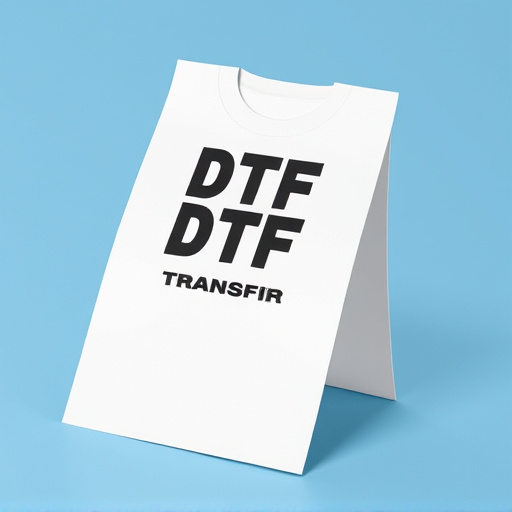
When considering a Direct-to-Film (DTF) Transfer service, understanding the cost breakdown is crucial. Pricing structures can vary significantly between providers, influenced by factors like print size, material used, complexity of design, and turnaround time. Some companies offer flat rates for simple jobs, while others charge based on a per-square-inch model, making it essential to compare quotes meticulously.
Evaluating the cost also involves delving into the specifics of each service’s pricing transparency, hidden fees, and any add-ons offered. DTF Printing services may include extra charges for additional colors, specialized materials, expedited shipping, or file formatting adjustments. Therefore, a thorough analysis of these factors is necessary to secure the best value for your money when opting for DTF Transfers.
Real-World Applications: Case Studies of Successful DTF Prints

Direct-to-film (DTF) transfer has found its place in various industries, offering a versatile and efficient method for applying graphics to a wide range of surfaces. Real-world applications of DTF printing are abundant, with successful case studies spanning multiple sectors. For instance, in the apparel industry, DTF technology enables the creation of unique, custom designs on clothing, allowing small businesses and independent artists to bring their fashion concepts to life swiftly and cost-effectively.
Another notable example is the automotive sector, where DTF transfers are used for vehicle wraps, providing a durable and eye-catching solution for advertising, branding, and even personalizing car interiors. Moreover, in the signage industry, DTF printing has revolutionized outdoor advertising by offering high-quality, long-lasting prints that can withstand harsh weather conditions, ensuring vibrant displays for extended periods. These case studies demonstrate the versatility and effectiveness of DTF transfer as a go-to method for various applications, from fashion to automotive and beyond.



